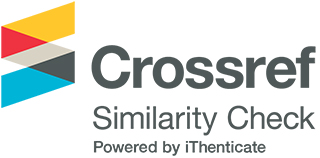The Evolution of Asynchronous Instruction Pre and Post COVID: Program Review of an Accelerated Teacher Credentialing Program
DOI:
https://doi.org/10.33422/ijhep.v6i2.989Keywords:
Accelerated, Asynchronous, Educational Preparation Programs, Innovate Teaching Strategies, Virtual InstructionAbstract
At one time, the leading approach to a traditional credentialing educational preparation program (EPP) was typically conducted in an on-campus, face-to-face synchronous learning environment. In 2017, an accelerated graduate-level teacher credentialing EPP, shifted from a traditional synchronous instruction to an asynchronous distance learning modality. Although the program’s enrollment was steady, there was a lack of engagement, creativity, and rigor in courses and with instruction. In 2020, all EPPs had to pivot their learning environments and instructional modalities due to COVID-19. To comply with COVID guidelines and flexibilities, EPPs embraced a non-traditional learning experience through virtual instruction, taking the term distant learner to new heights. To ensure EPPs continued to meet accreditation requirements, identifying research-based innovative instructional strategies became a priority. In this program review, the researchers will examine the impact of instructional methods on teacher candidates enrolled in an accelerated, asynchronous teacher credentialing EPP. Our focus will be on identifying innovative strategies to enhance engagement, foster creativity, increase academic rigor, and program completion rates.
Downloads
Published
Issue
Section
License
Copyright (c) 2025 Tamara J Andersen, Elizabeth T Ashline

This work is licensed under a Creative Commons Attribution 4.0 International License.












